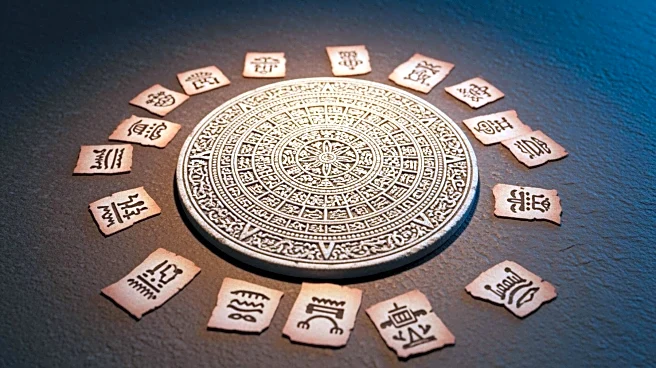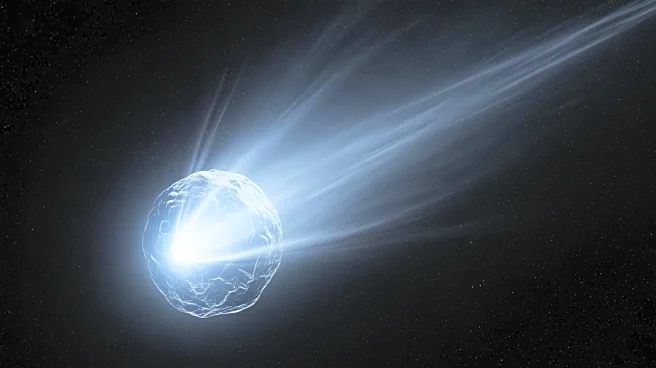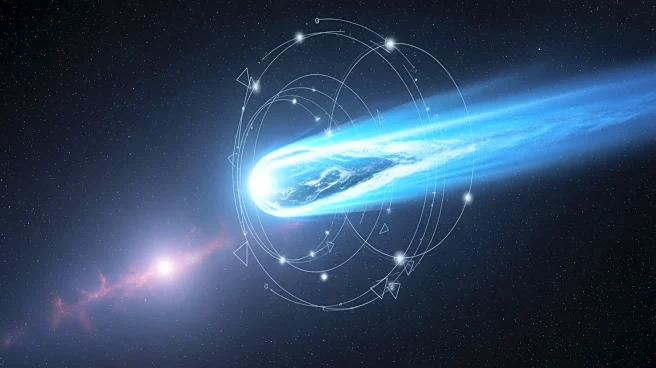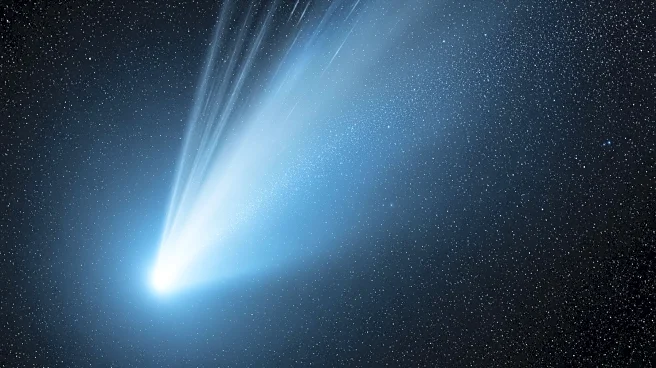What's Happening?
Researchers have uncovered the mechanism behind the accurate eclipse tables found in the Maya Dresden Codex. The study, published in Science Advances, reveals that these tables were adapted from earlier
lunar month tables rather than being created solely for eclipse prediction. The Maya used three primary calendars: the Long Count, the Tzolk’in, and the Haab’. The Dresden Codex, dating back to the 11th or 12th century, includes detailed astronomical tables that were deciphered in the early 20th century. The codex is one of the few surviving Maya texts, as most were destroyed by Spanish conquistadors and Catholic priests.
Why It's Important?
This discovery sheds light on the advanced astronomical knowledge of the Maya civilization, demonstrating their ability to predict celestial events with remarkable accuracy. Understanding the Maya's methods enhances our appreciation of their cultural and scientific achievements. The findings may also influence current studies in archaeoastronomy and the history of science, providing insights into how ancient civilizations understood and interacted with the cosmos. This research underscores the importance of preserving historical texts and artifacts, which can offer valuable information about past societies.











